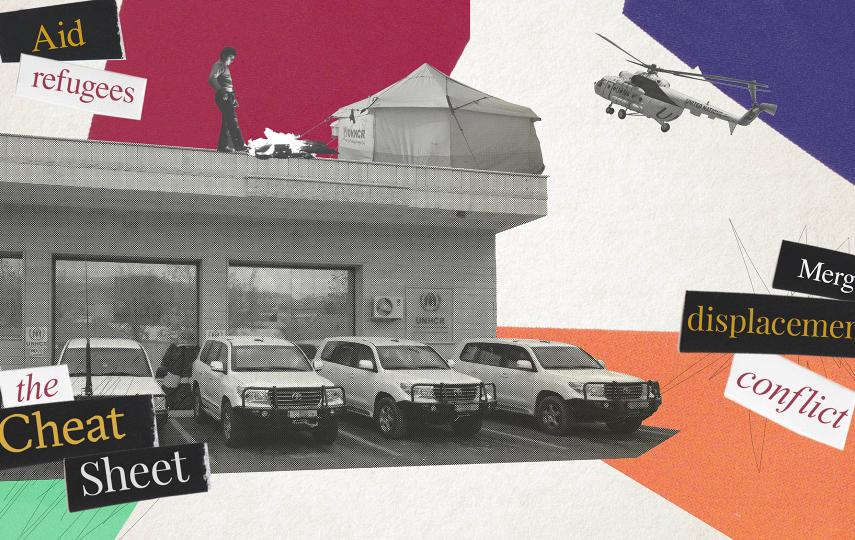The study, led by Yao Tandong, director of the Institute of Tibetan Research at the Chinese Academy of Sciences in Beijing, and eminent glaciologist and paleo-climatologist Lonnie Thompson of Ohio State University, is the most comprehensive examination so far of the region’s glaciers.
"The status of the glaciers had been a bone of contention," reported the weekly science journal, Nature, whose sister publication, the peer-reviewed journal, Nature Climate Change, published the study. "Earlier this year, an analysis of 7 years' worth of measurements, taken by the Gravity Recovery and Climate Experiment (GRACE) satellite mission, suggested that high-altitude Asian glaciers on the whole are losing ice only one-tenth as fast as previously estimated, and that glaciers on the Tibetan plateau are actually growing."
The GRACE mission is a joint partnership between the US National Aeronautics and Space Administration (NASA) and the Deutsche Forschungsanstalt für Luft und Raumfahrt (DLR) in Germany.
"Since a number of papers... have been published, based on a seven-year GRACE data set, it was important to look at the longer-term retreat story, as climate is generally considered a 30-year average of the weather," Thompson said in an email to IRIN.
"For the glaciers studied, approximately nine percent of the area of ice that was present in the early 1970s had disappeared by the early 2000s. Where we had decadal information, we could show that the rate of retreat had accelerated," Thompson said.
"Potential consequences of glacier changes would be unsustainable water supplies from major rivers, and geohazards (glacier-lake expansion, glacier-lake outbursts and flooding), which might threaten the livelihoods and wellbeing of those in the downstream regions," the study warned.
A sustained glacier retreat would increase the volume of water in rivers and also sediments, which could choke water supply, affecting agriculture.
When glaciers retreat, lakes commonly form behind the newly exposed debris - soil and rock called a moraine - which is carried along by the leading edge of the ice wall. Rapid accumulation of water in these lakes could lead to a sudden breach of the moraine dam, causing a possibly catastrophic glacial lake outburst flood (GLOF).
In the recent past, Nepal alone has been affected by 21 GLOF events, and 200 potentially dangerous glacial lakes have been documented across the Himalayan region.
The Indus
Thompson, the leading authority on high-altitude glaciers in the tropics and near tropics, pointed out that the Naimona'nyi glacier, which feeds the Indus River, had shrunk by 155m within the 30 years from 1976 to 2006, at a rate of about five metres per year.
"We were surprised to find that at 6,050 metres [the height at which the glacier is located] there had been no net accumulation [of ice] since the late 1940s," he told IRIN. "Also in 2006, we observed cyoconite holes in the glacier all the way to the summit. The holes form when dust accumulates on the surface and absorbs solar radiation, causing melting. The dust actually collects in depressions on the glacier surface and then melts into the glacier. Some of these holes are two metres deep and filled with water, indicating that melting is occurring at the highest elevations of this glacier," Thompson said.
"It means that the glaciers are wasting much faster than just the loss of area, but they are also wasting from the top down, which means they are losing ice volume rapidly. Thus, we expect to see the area of ice loss to accelerate in the near future if these conditions hold, so it is very hard to predict when the glacier will actually disappear. In this case, the past behaviour of the glacier is not likely a good indicator of the future."
He noted that "This is significant for water resources in the Indus River, as it is believed that 40 percent of the water discharge in that basin in the dry season comes from melting glaciers. The impact on the other rivers systems is a function of the many glaciers that feed the headwaters of the rivers."
Causes
The study found that the Himalayan glaciers, which are fed by the Indian monsoons, were shrinking more rapidly than those in Pamir Mountains, which were influenced by the westerlies, the prevailing winds. These glaciers gain from winter snow and are less affected by warming, while in the Himalayas it snows during the monsoon season, in summer, and temperature increases can have a dramatic effect.
Rainfall records from the region indicate that the Indian monsoon is getting weaker while the westerlies are strengthening. "Under the present warming conditions, glacier shrinkage might further accelerate in the Himalayas, whereas glaciers might advance in the eastern Pamir regions," said the study.
Obtaining accurate data is the biggest hurdle in researching the impact of climate change on the region. The Intergovernmental Panel on Climate Change (IPCC) which has come under fire for citing "grey literature" - a report that has not been peer-reviewed - in a projection of glacier melt in the Himalayas, has highlighted the need for robust evidence.
A number of studies between 1999 and 2001 have backed the link between climate change and glacier melting. A joint study by the International Centre for Integrated Mountain Development (ICIMOD), a Nepal-based research centre supported by eight governments in the region and the UN Environment Programme (UNEP), said, "The Himalayan glaciers have retreated by approximately a kilometre since the Little Ice Age [from 1350 to 1900]."
jk/he
This article was produced by IRIN News while it was part of the United Nations Office for the Coordination of Humanitarian Affairs. Please send queries on copyright or liability to the UN. For more information: https://shop.un.org/rights-permissions





